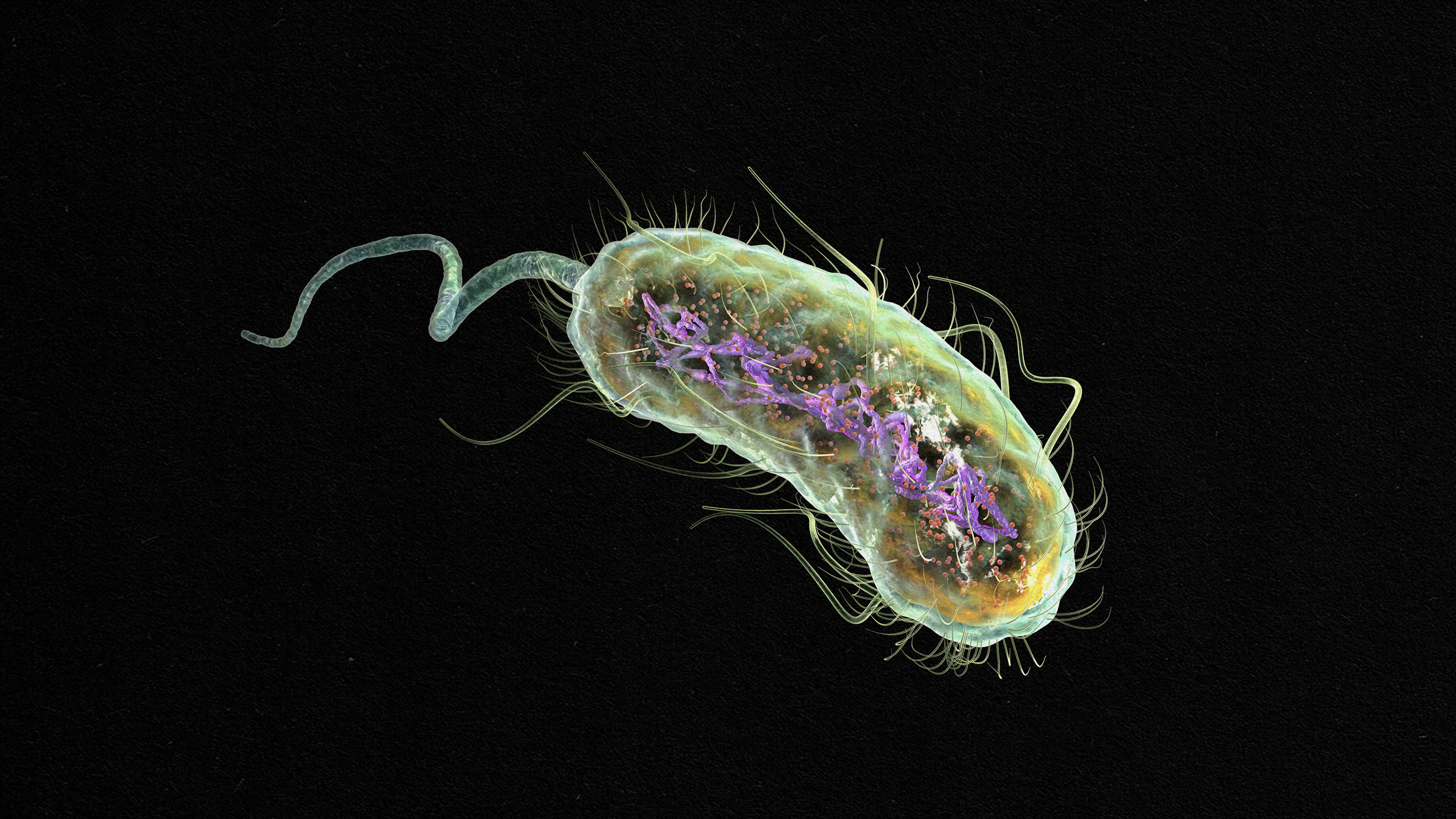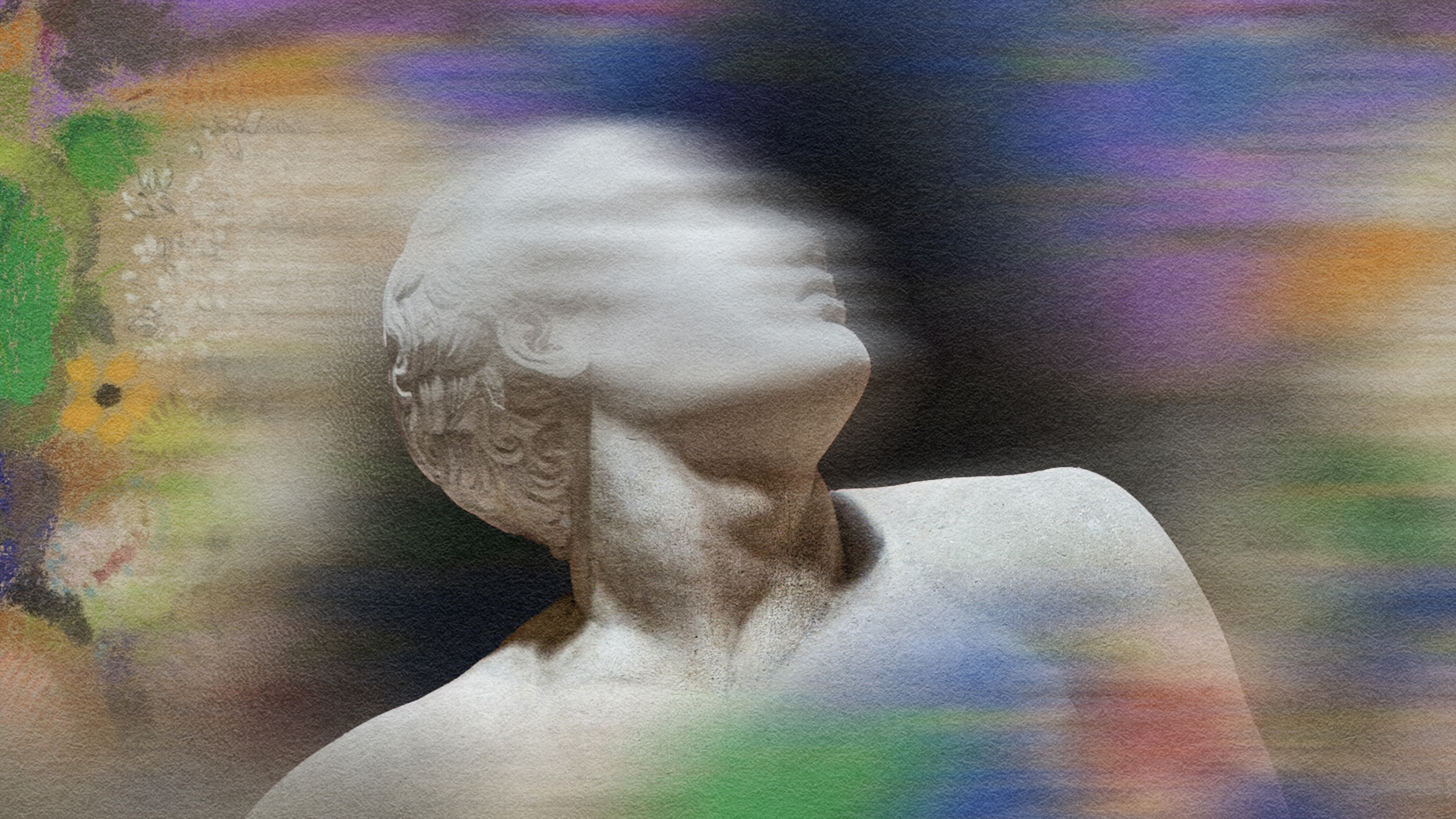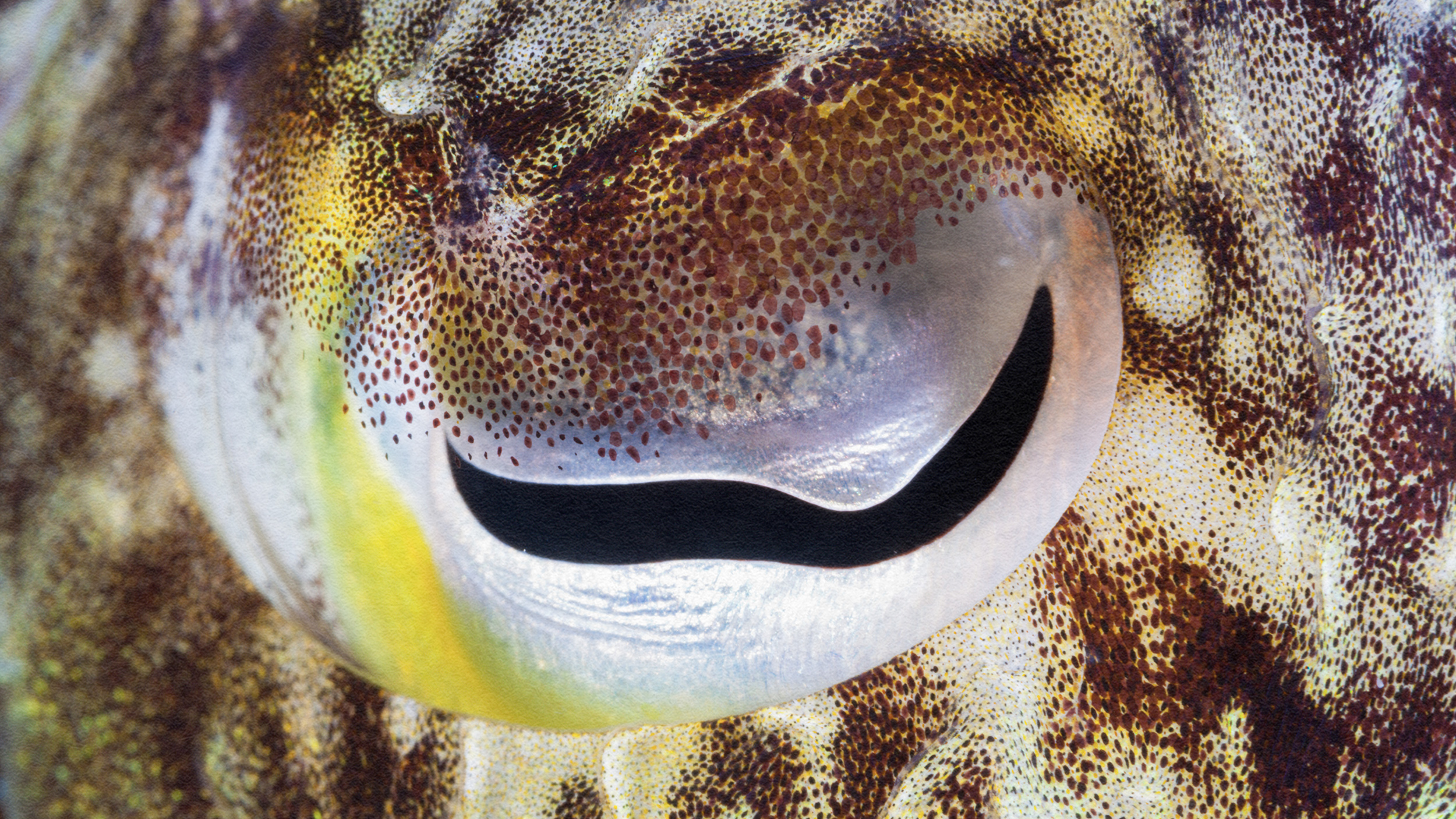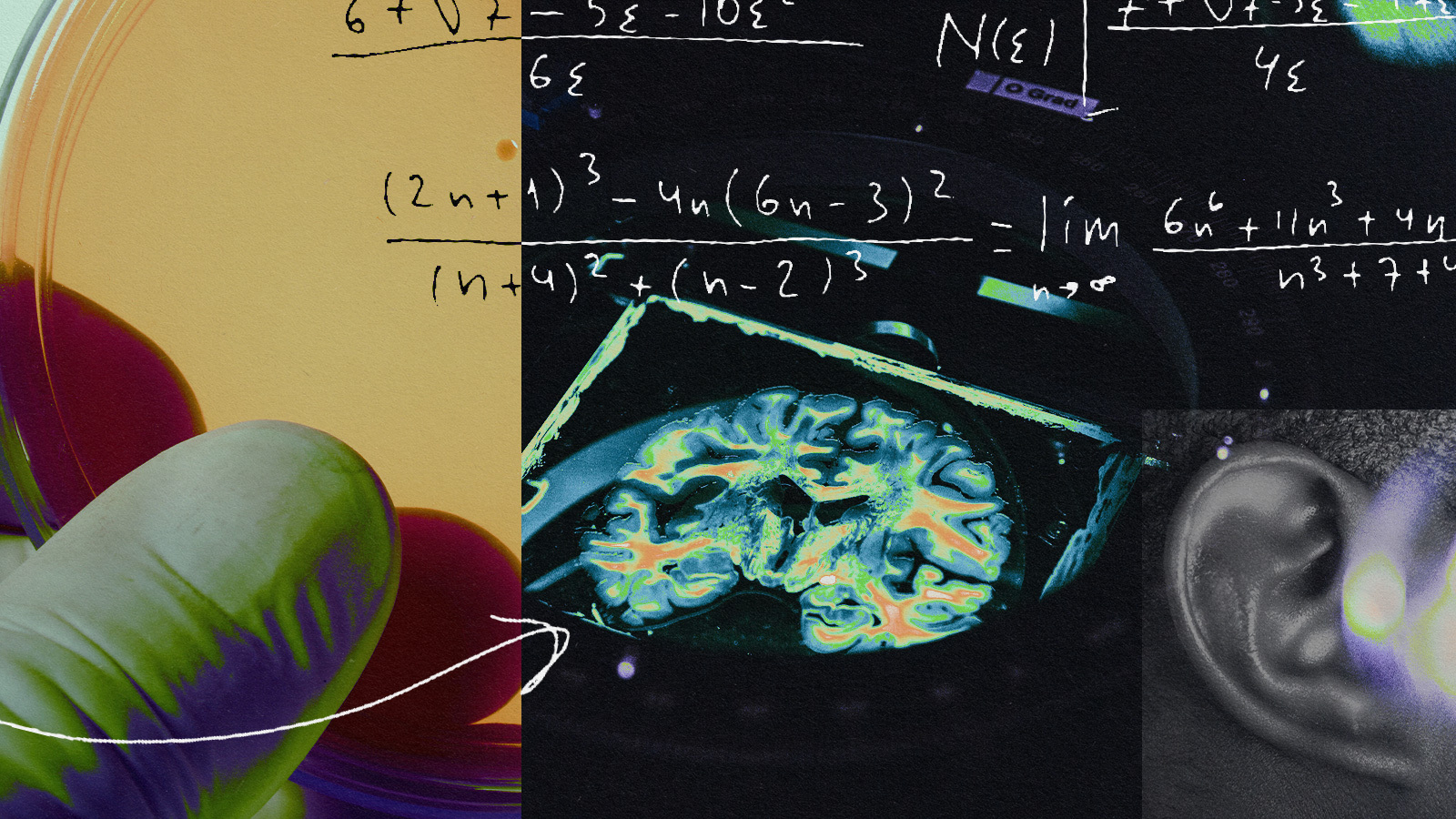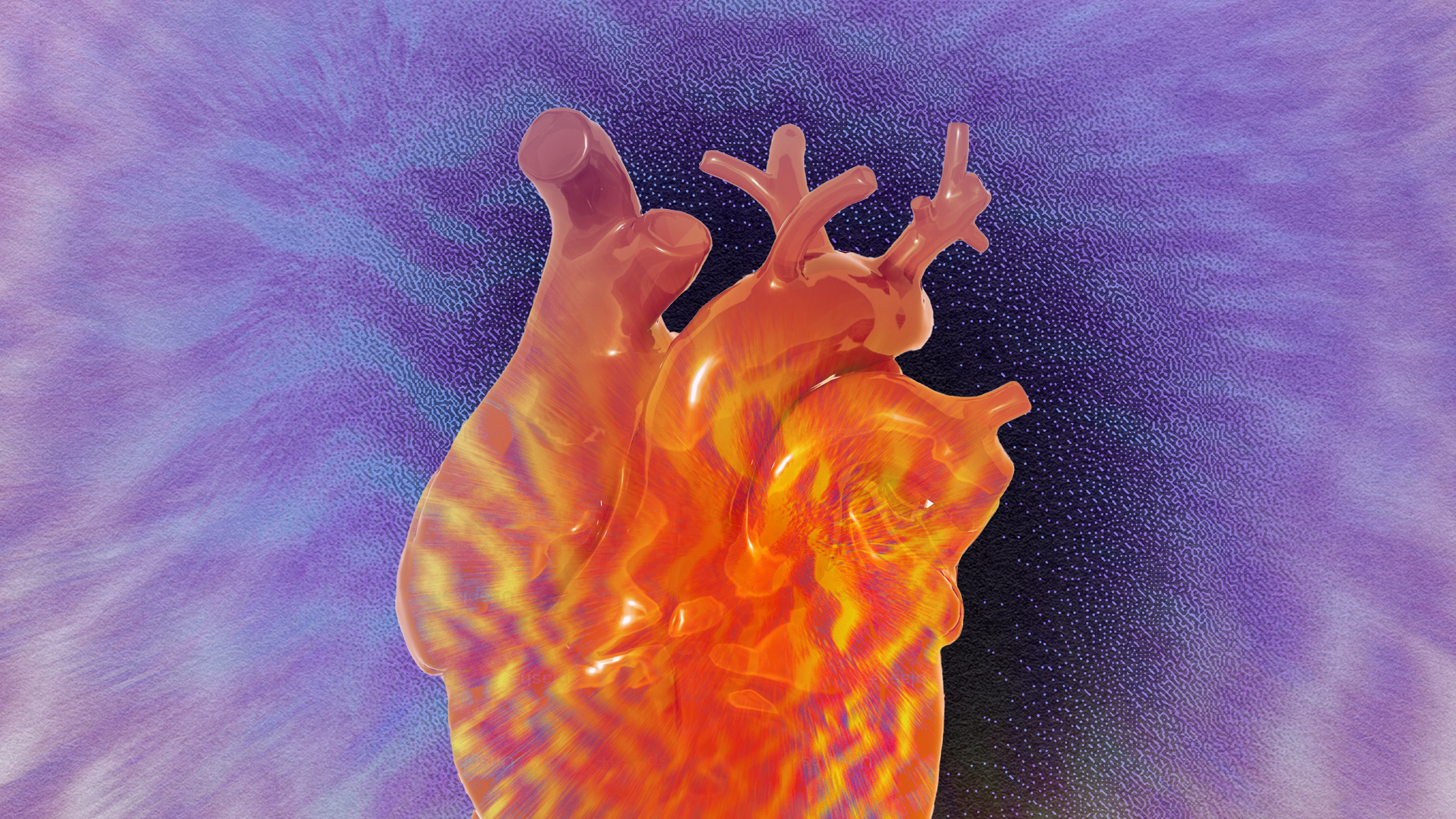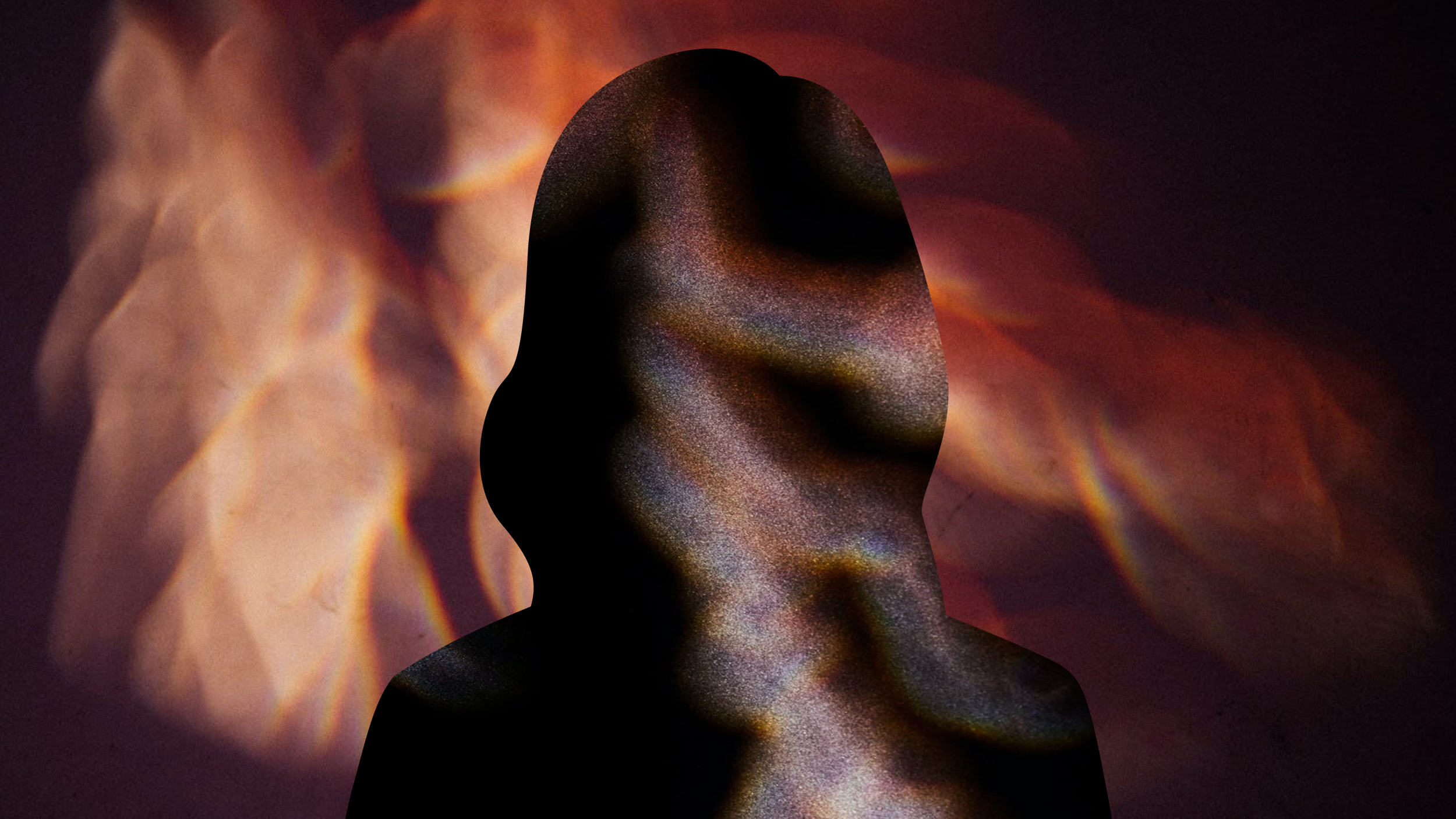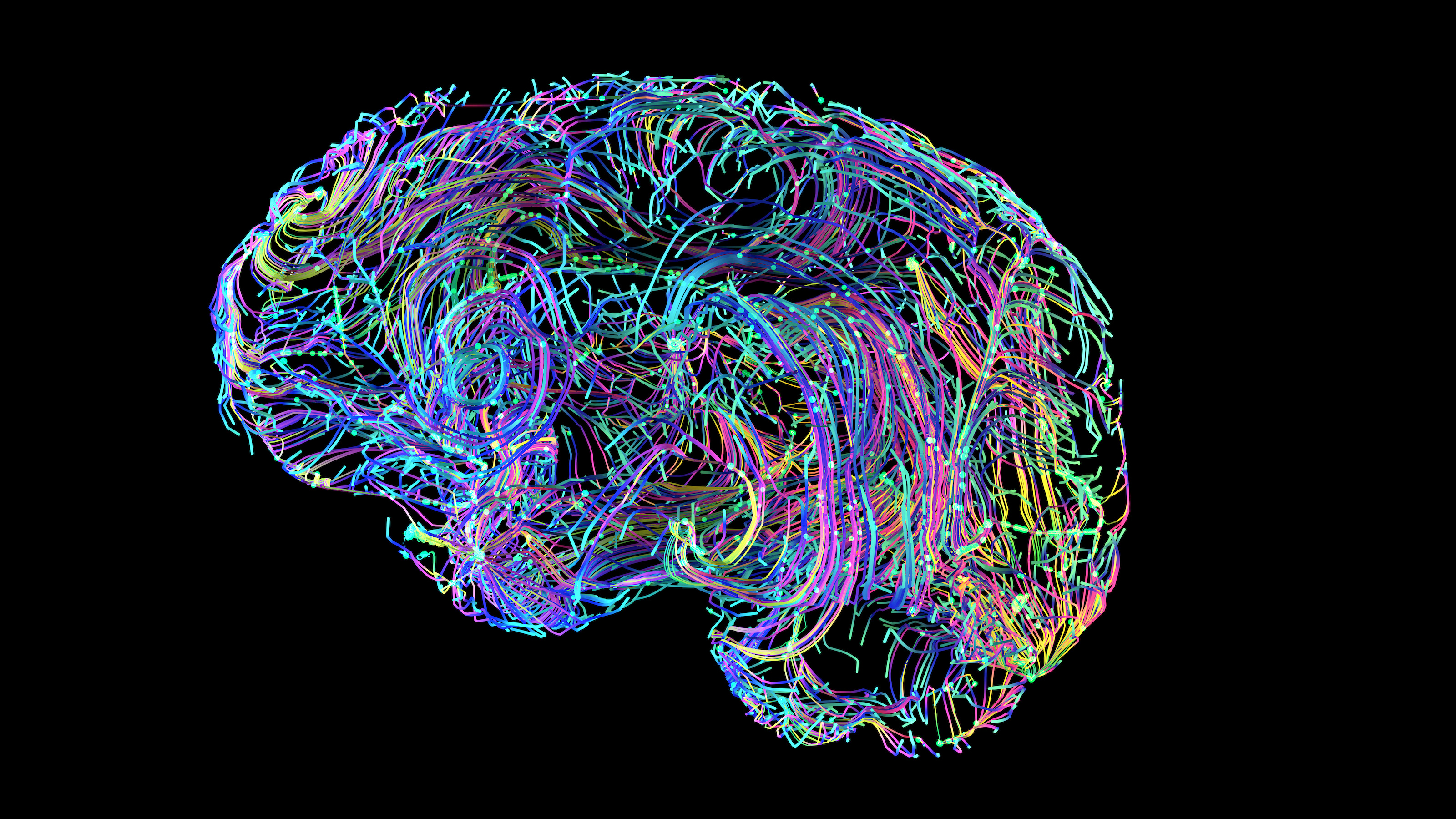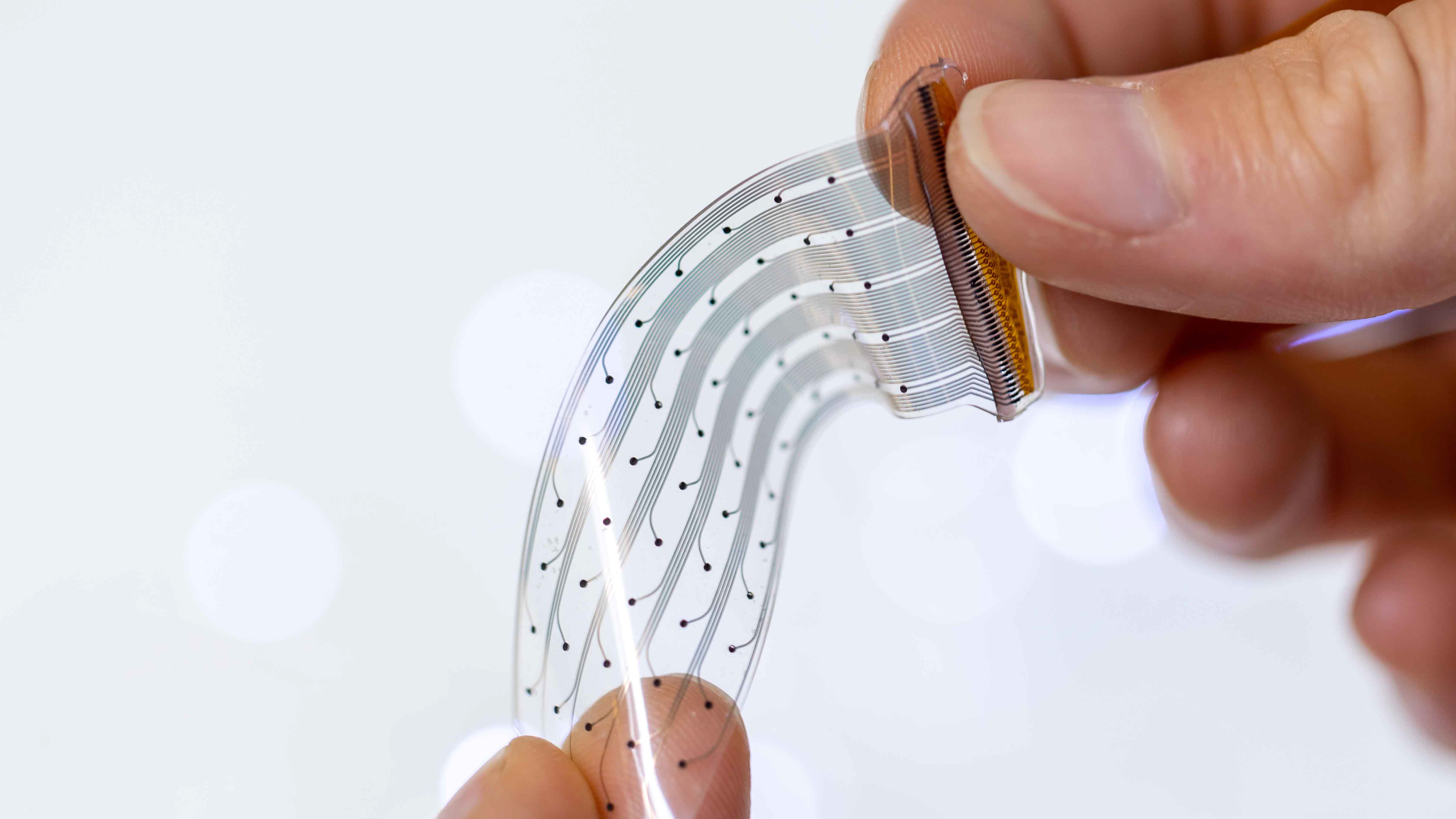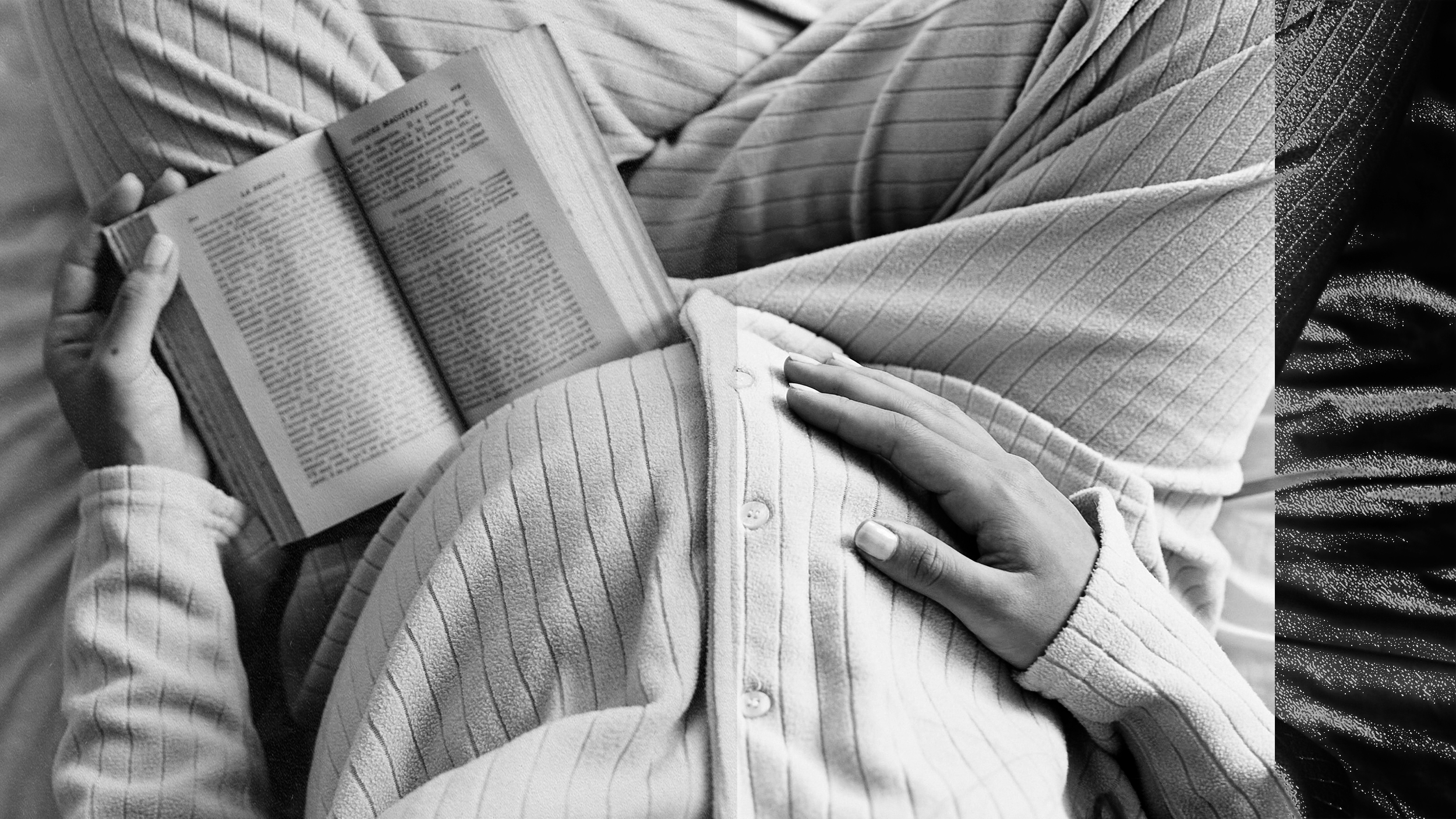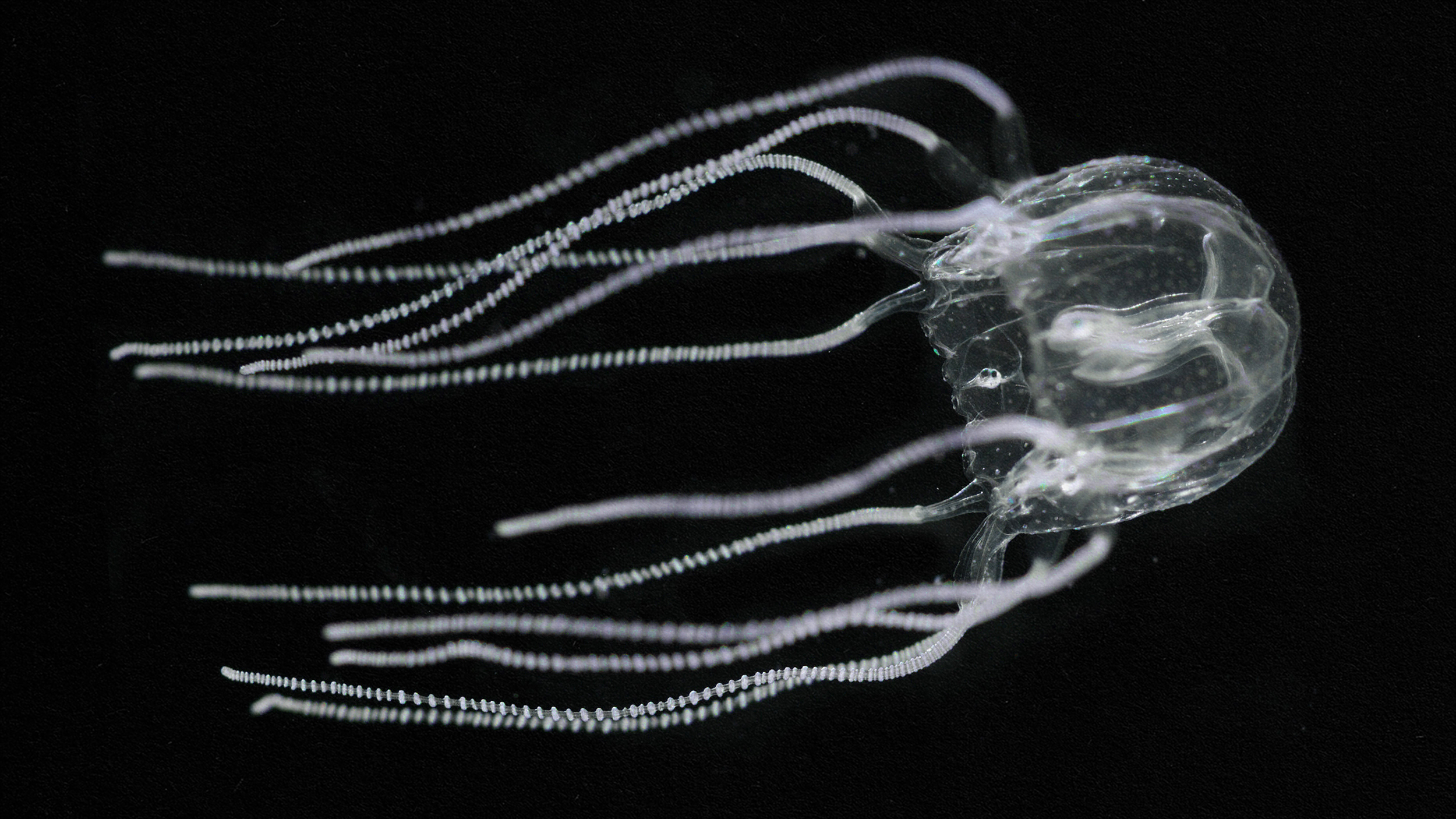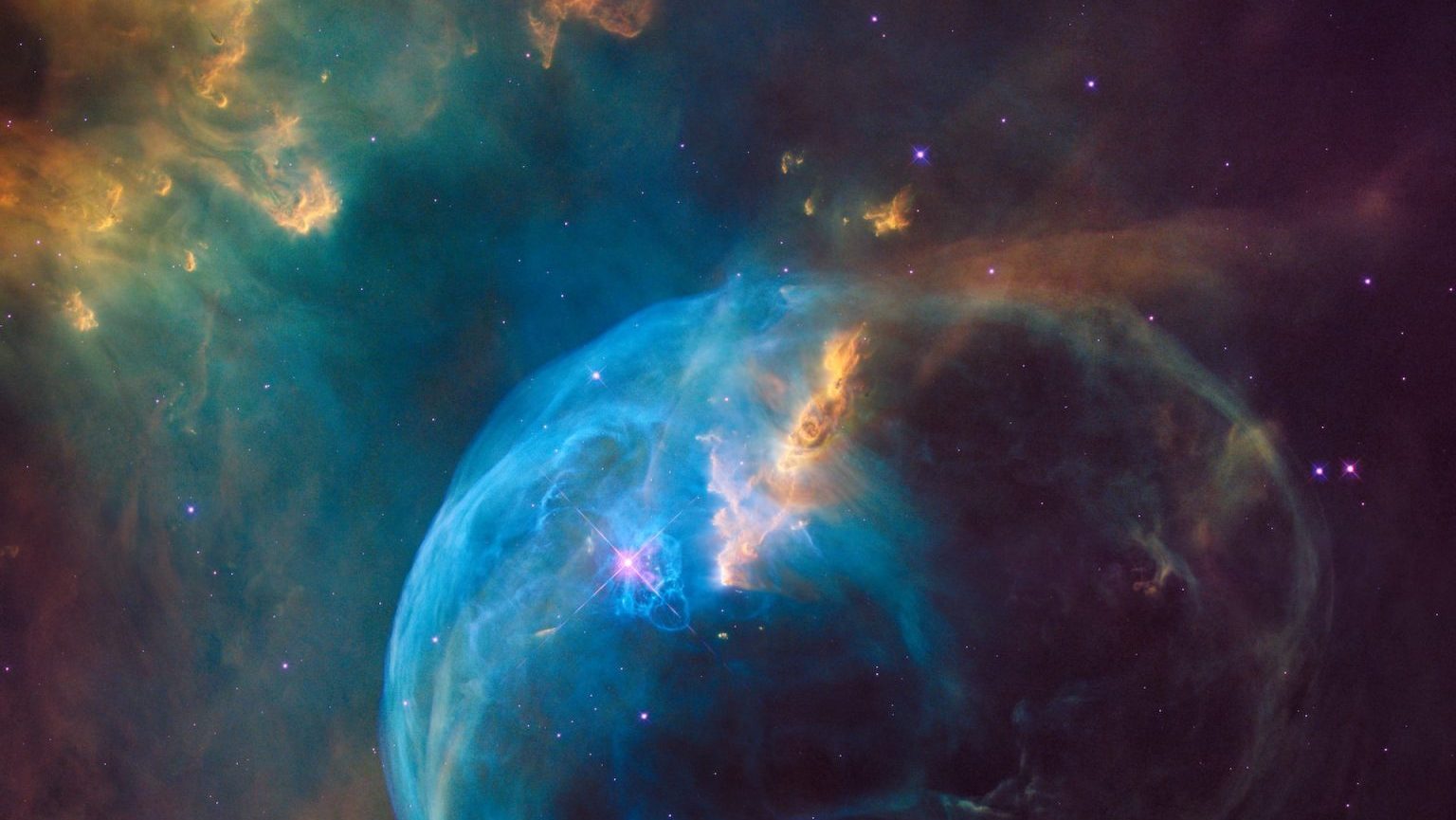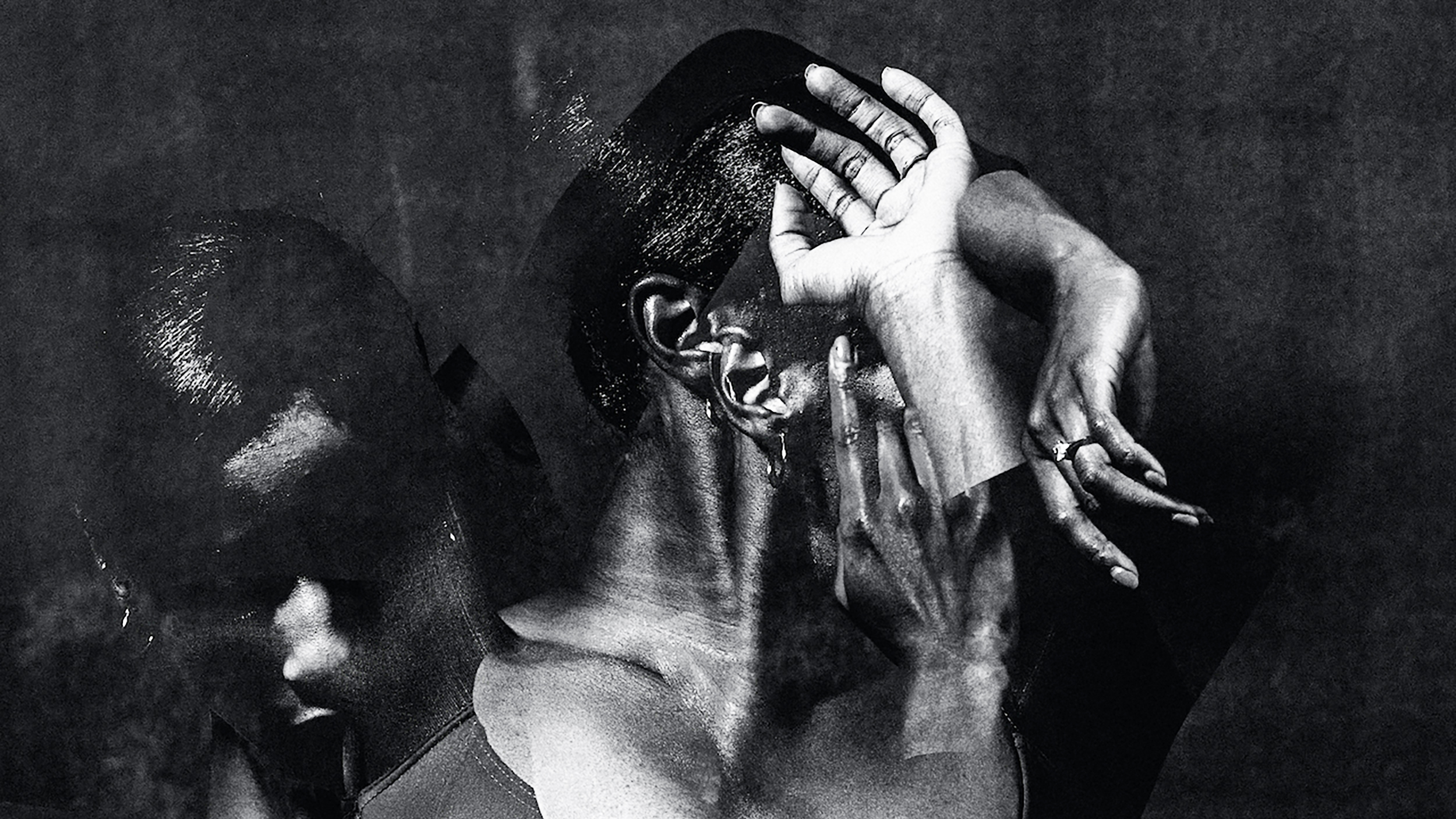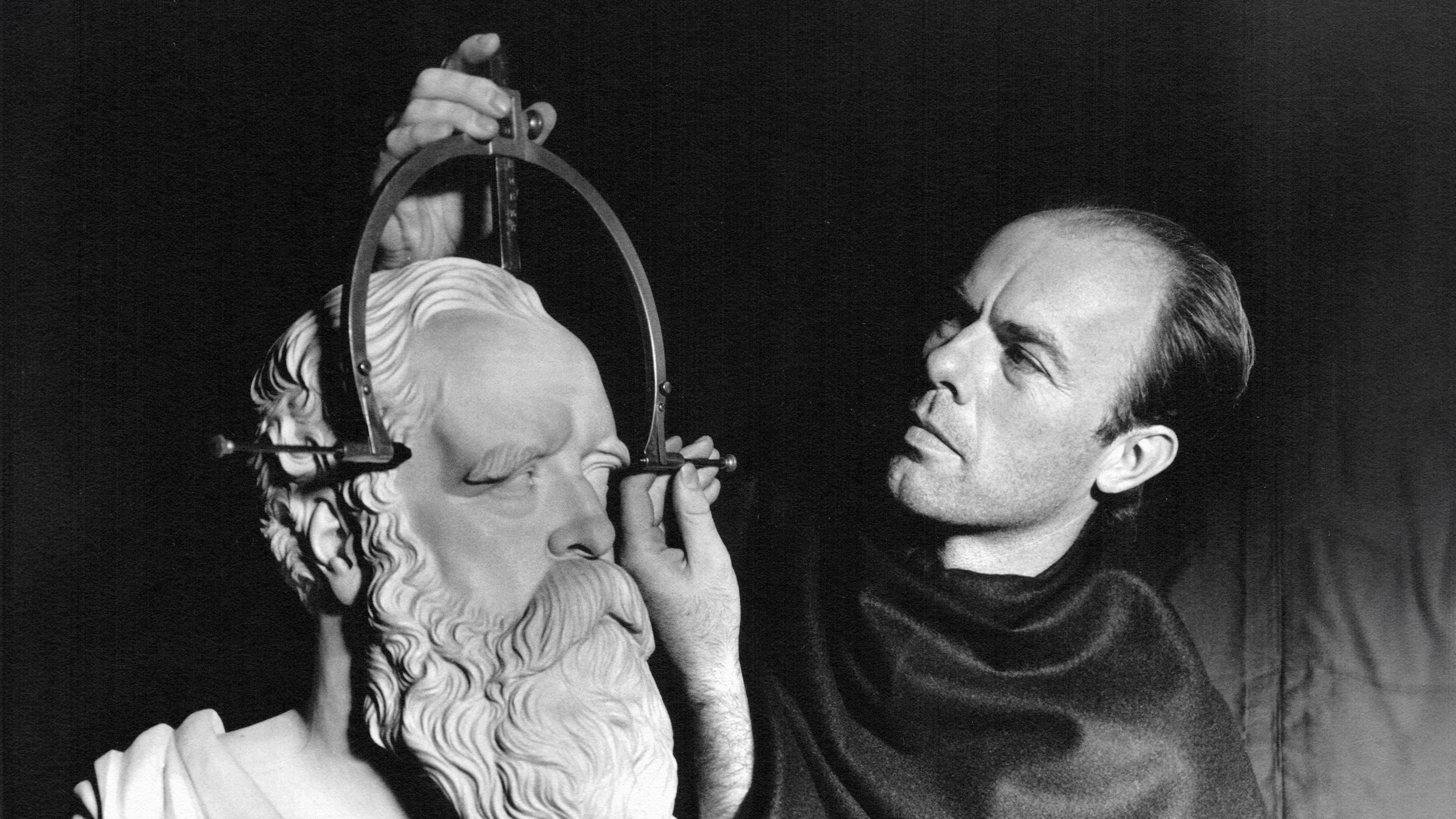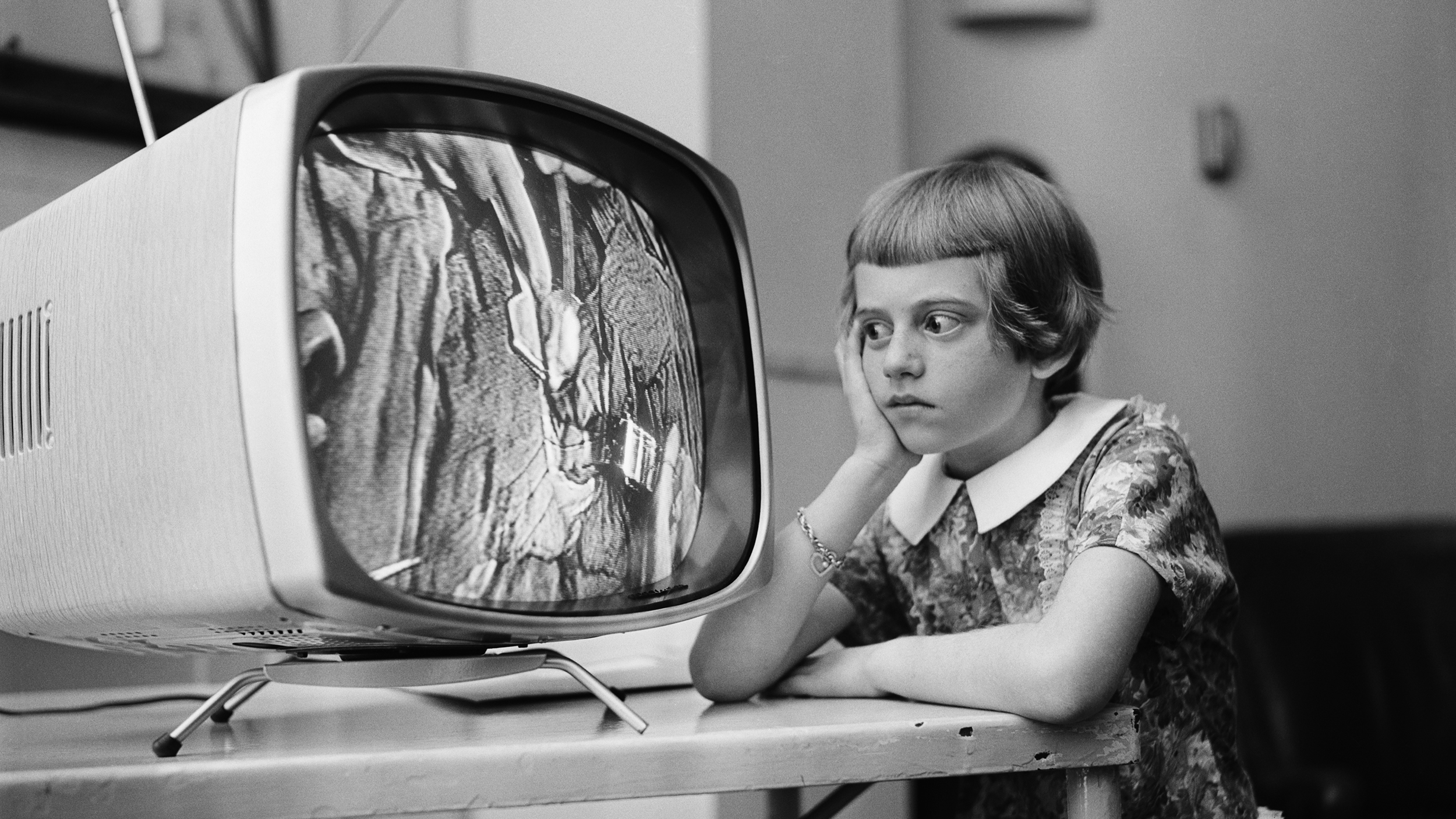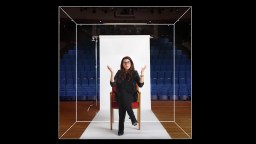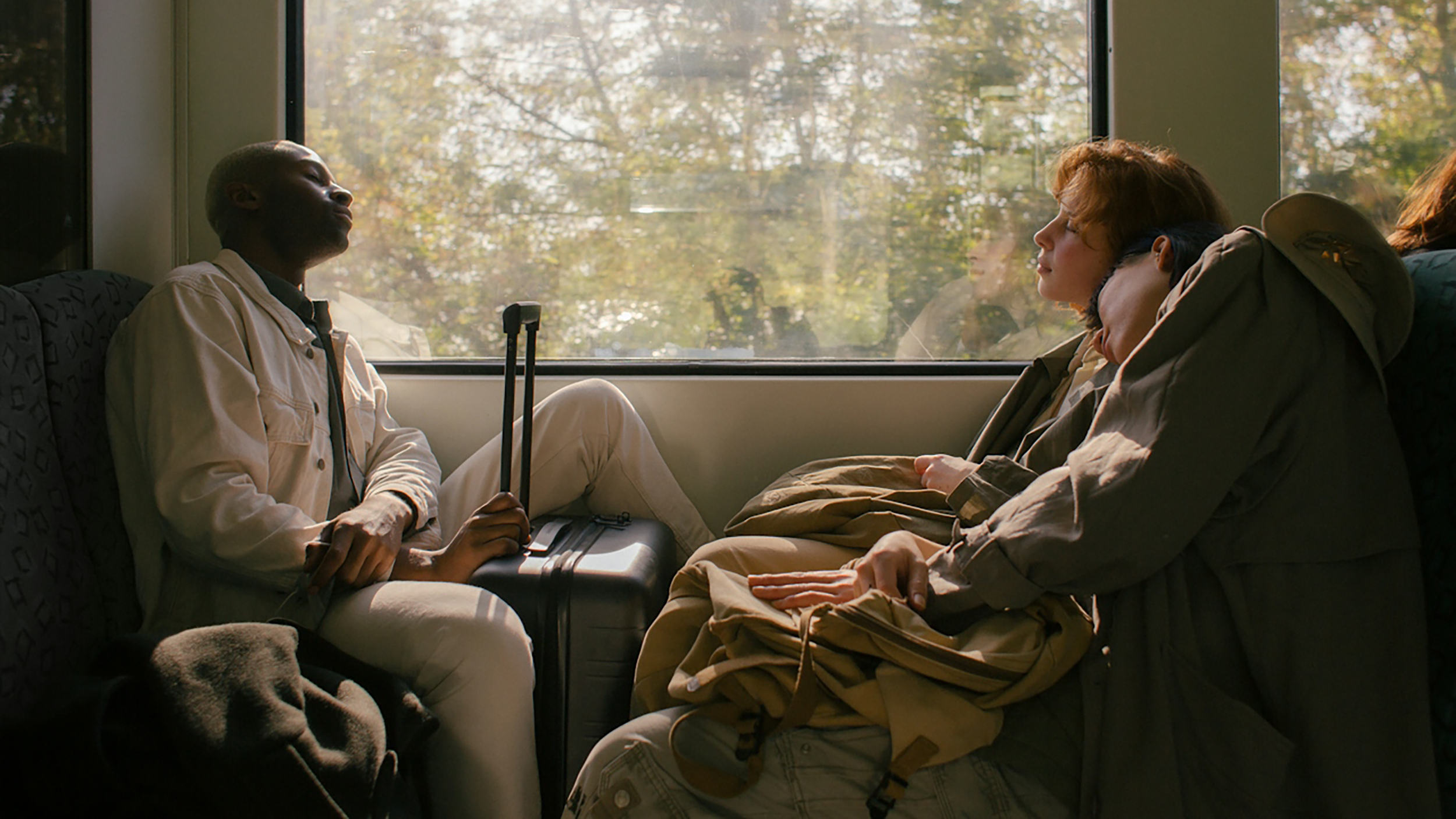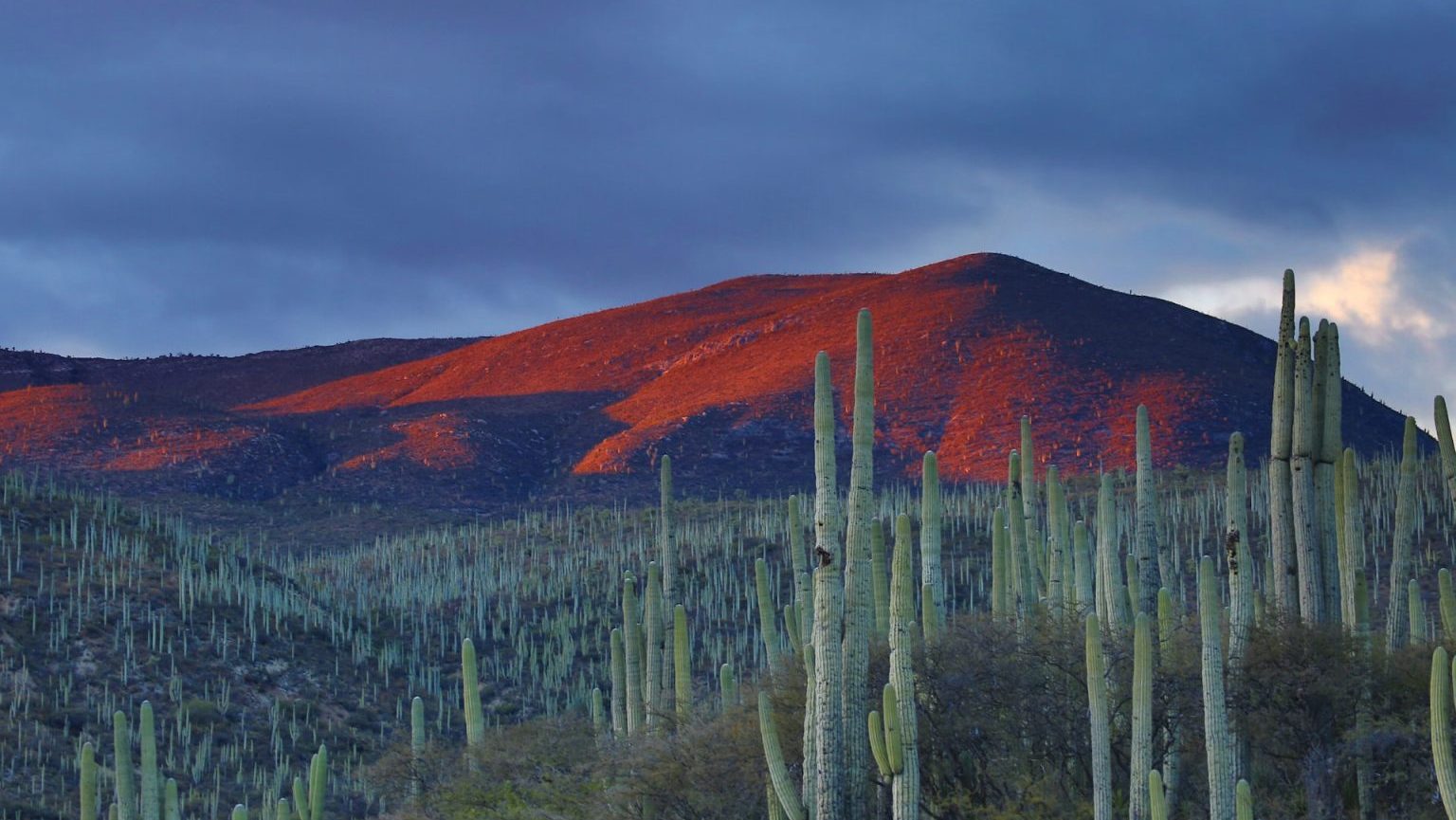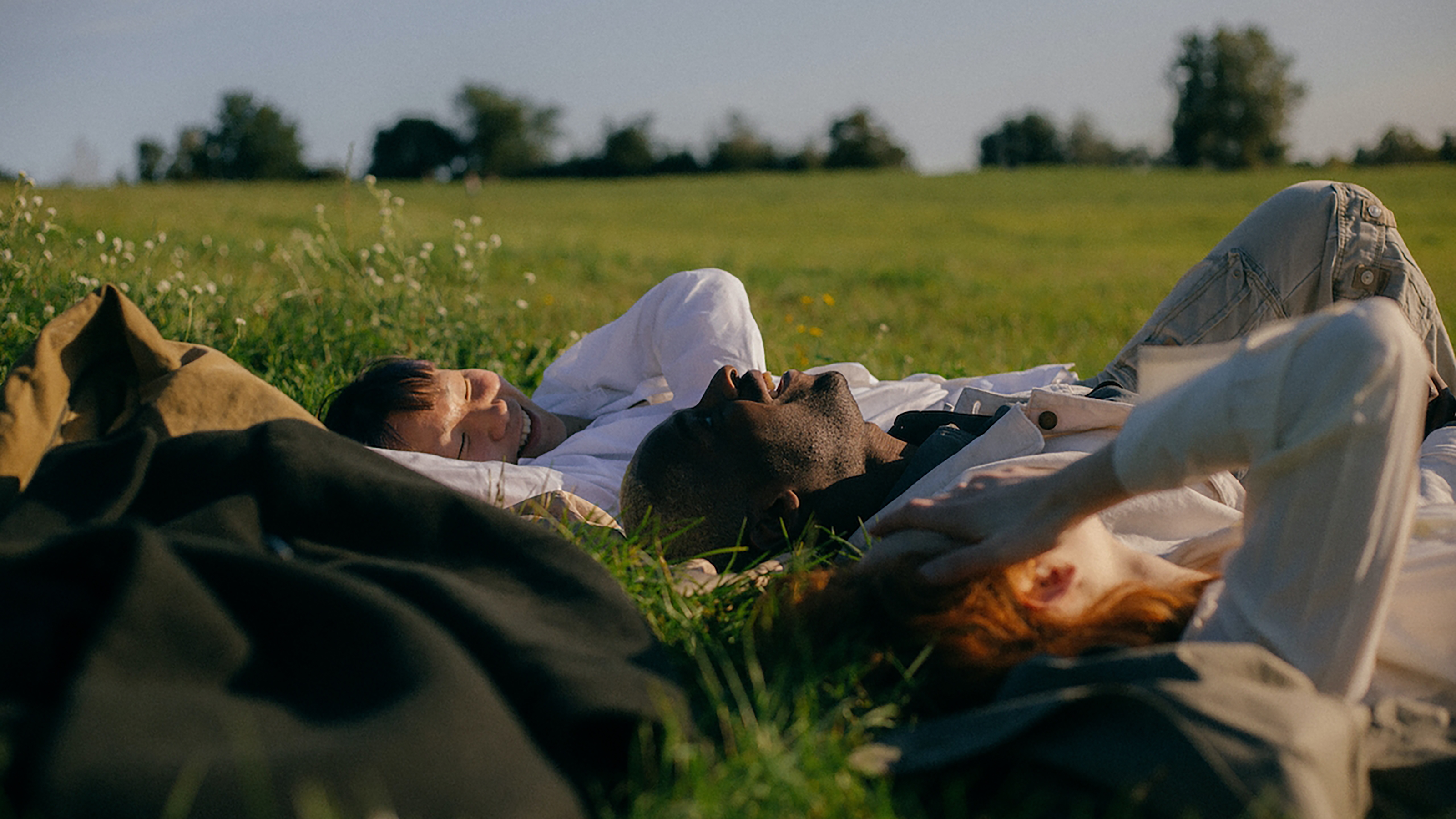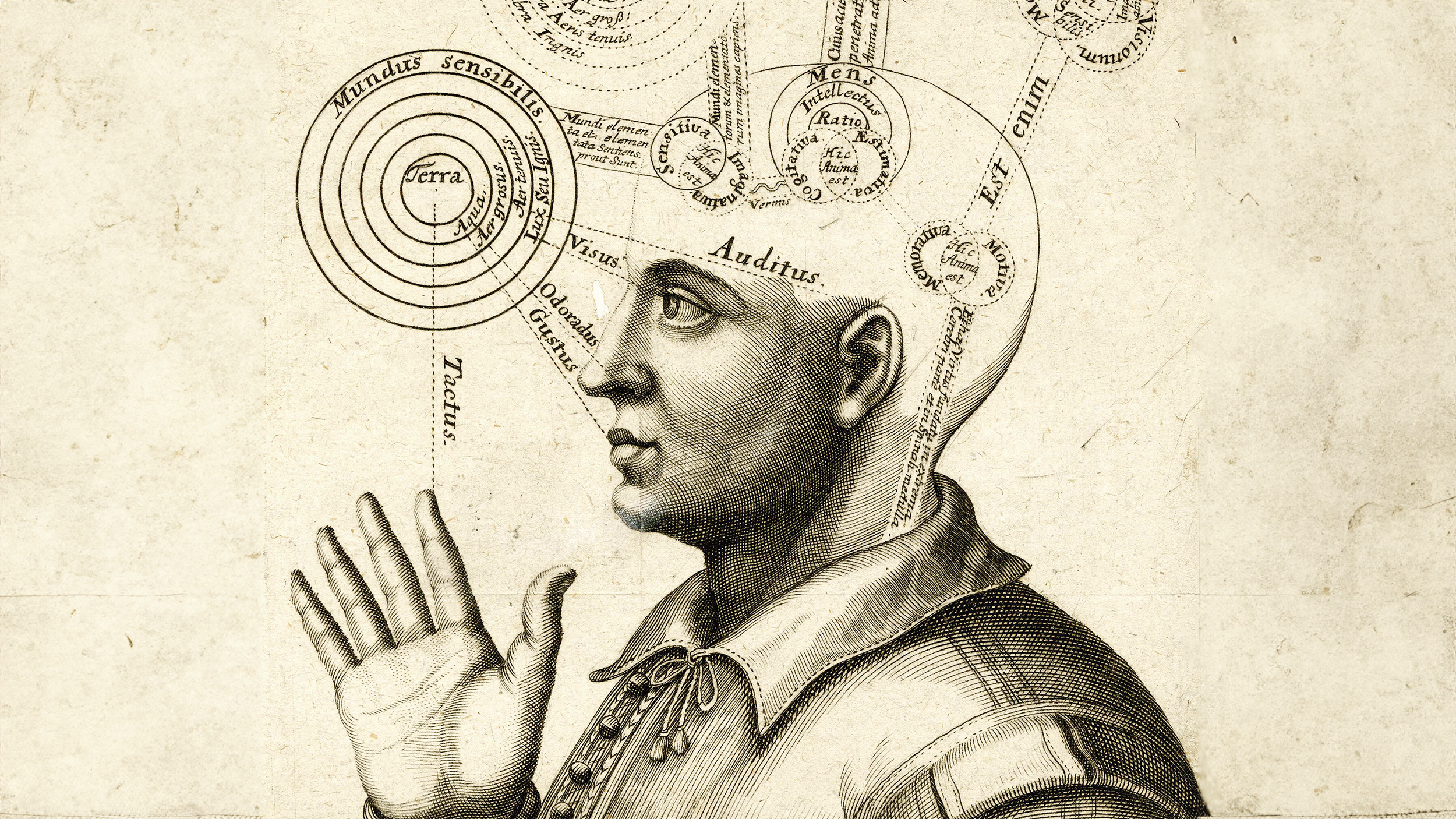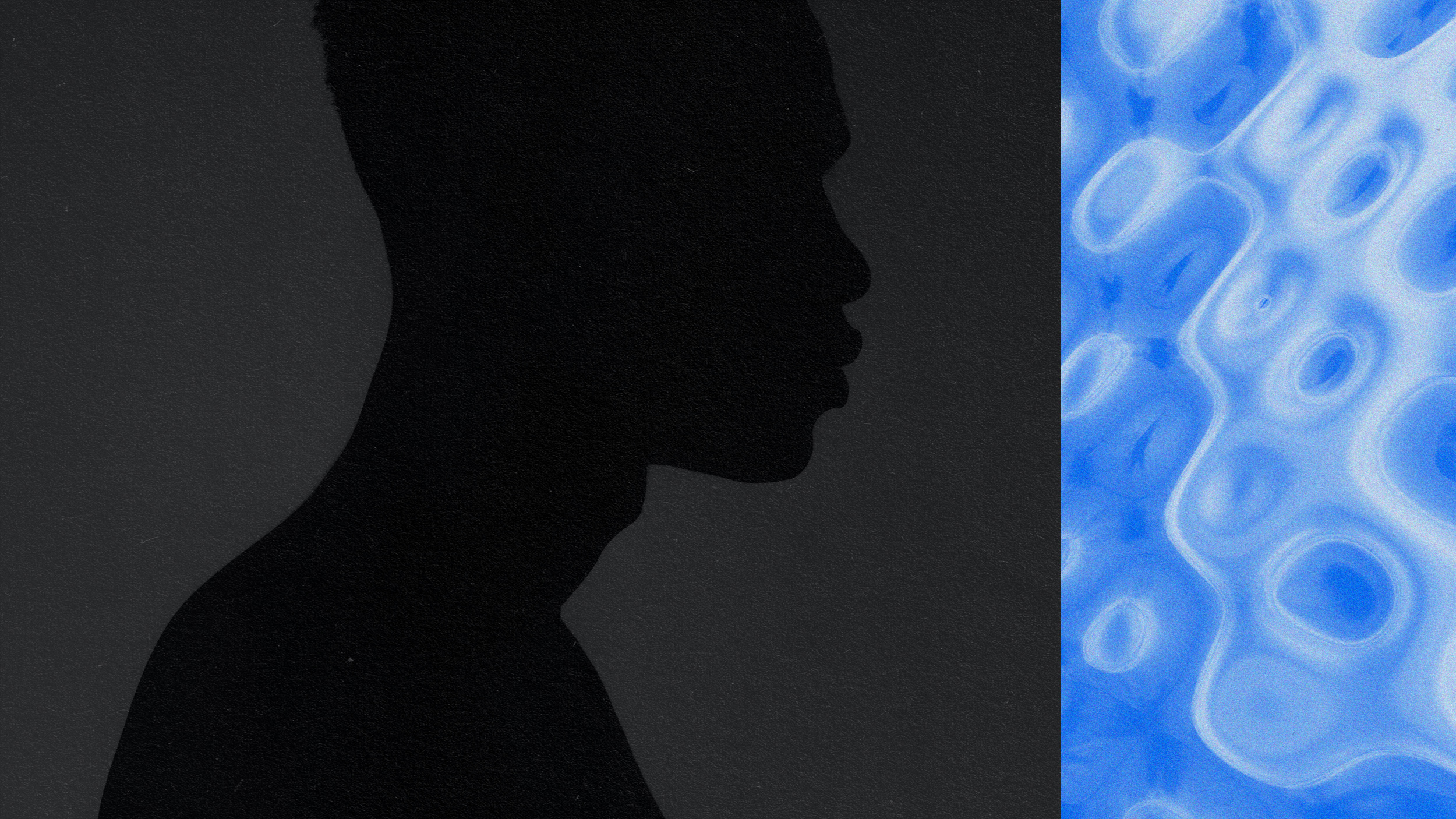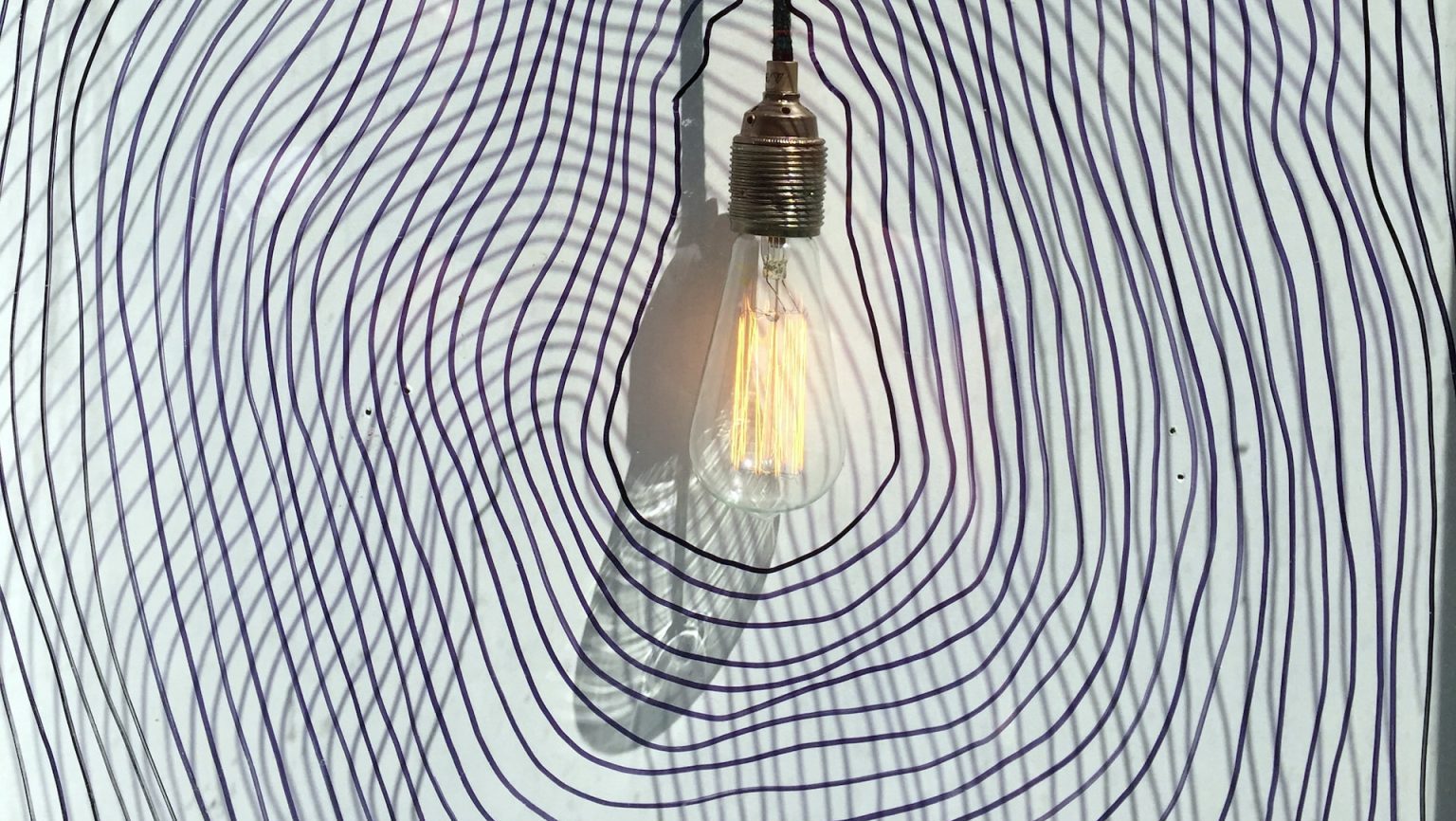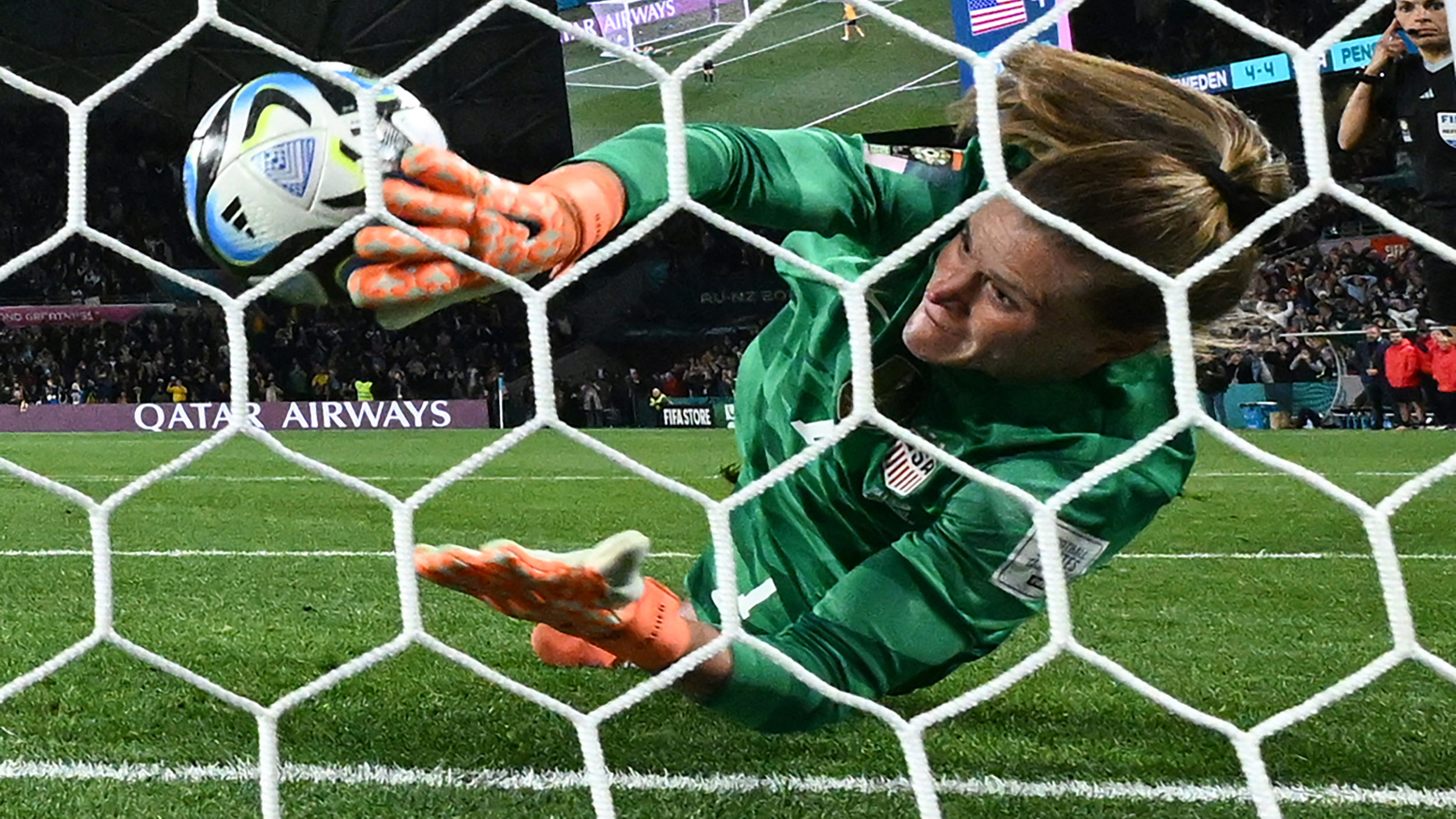neuroscience
Growing evidence suggests a link between the debilitating neurological illness and the microbes that live in our intestines. The vagus nerve may be a pathway.
High-frequency oscillations that ripple through our brains may generate memory and conscious experience.
I also can’t conjure sounds, smells, or any other kind of sensory stimulation inside my head. This is called “aphantasia.”
Researchers are finding signs of multiple phases of sleep all over the animal kingdom. The ‘active’ sleep phases look very much like REM.
Ketamine’s remarkable effect bolsters a new theory of mental illness.
It could perform a speech recognition task with 78% accuracy.
The heart’s rhythms may play a larger role in shaping psychedelic experiences than previously thought.
Millions of people have had a near-death experience, and it often leads them to believe in an afterlife. Does this count as good proof?
Between the hedonic and eudaimonic life, there’s a happy medium to be found.
The aging brain is networked differently.
There are three kinds of memory that all work together to shape your reality. Neuroscientist André Fenton explains.
▸
6 min
—
with
It has already been trialed in people and could give us a better way to analyze and stimulate the brain.
Even before birth, our brains are taking note of the languages we hear.
Lab experiments showed Caribbean box jellyfish are quick studies of their environment.
Your life’s memories could, in principle, be stored in the universe’s structure.
Some neuroscientists question whether the body can “keep score” of anything in a meaningful way.
The pseudoscience phrenology swept the popular imagination, and its practitioners made a mint preying on prejudices, gullibility, and misinformation.
The modern attention economy hijacks our ability to focus, but an ancient technique offers a means to get it back.
Combining years of neurological research and mindfulness techniques, Dr. Heather Berlin helps us better understand how the body’s most complex organ can easily be misled into negative thinking – and how we can stop that from happening.
▸
with
While executive function matures between 18 and 20 years of age, the brain keeps changing long afterward.
Various environmental phenomena can play tricks on our brain.
Lucid dreamers may have “privileged access to their inner world,” with “heightened awareness… to the outside world.”
Katie Kermode — a memory athlete with four world records — tells Big Think about her unique spin on an ancient technique to memorize unfathomably long lists of information.
What a long strange trip it’s been.
A healthy lifestyle even protects those who are genetically predisposed to depression.
Neural imaging has shown that the brain has “decided” what we’re going to do before we make a conscious choice — but is this even relevant to free will?
According to neuropsychologist Julia DiGangi, no one can live a life free of emotional pain. We can only choose how those emotions empower us.
Even if a leading theory of consciousness is wrong, it can still be useful to science.
Goalkeepers have an enhanced ability to integrate auditory and visual information compared to other players.
